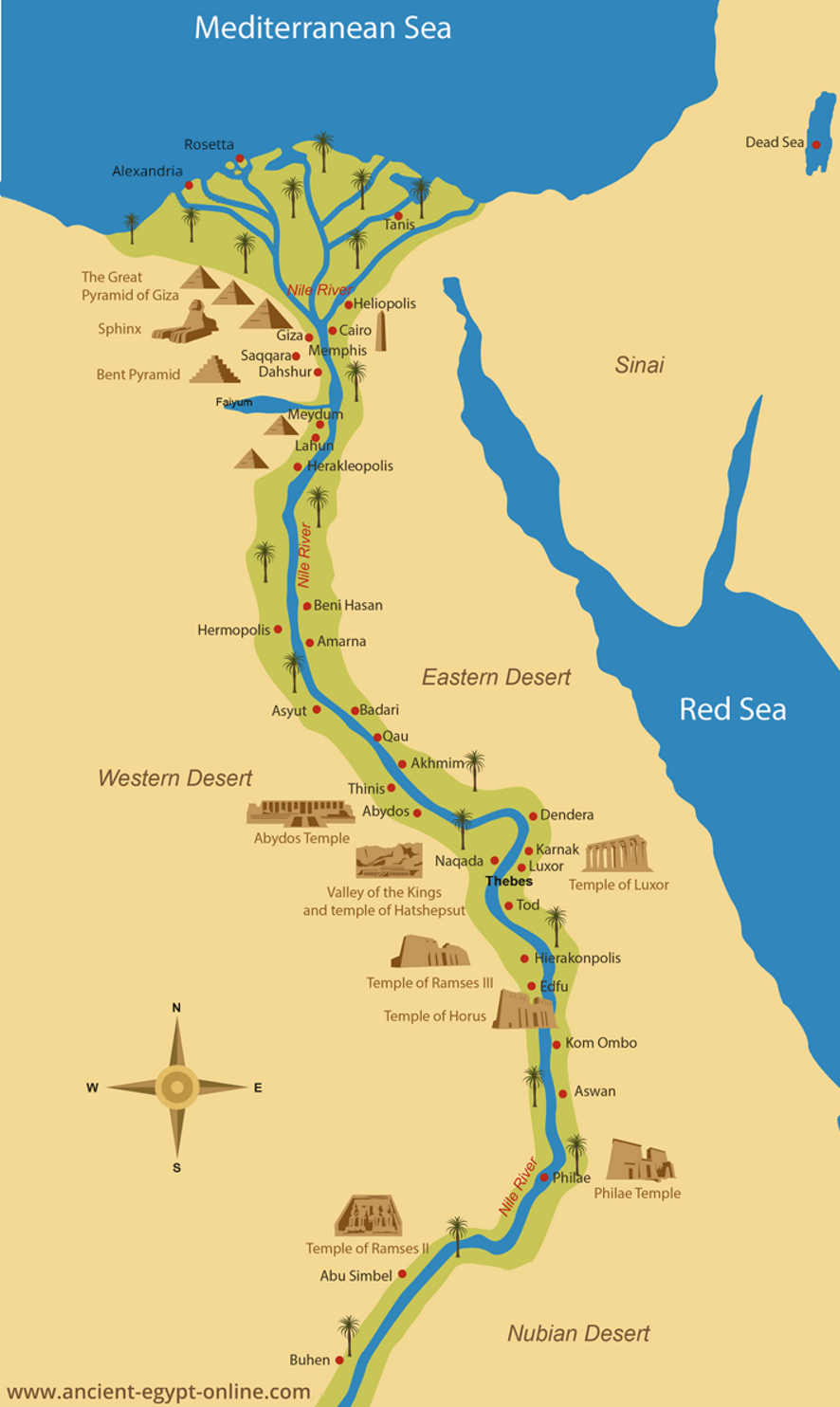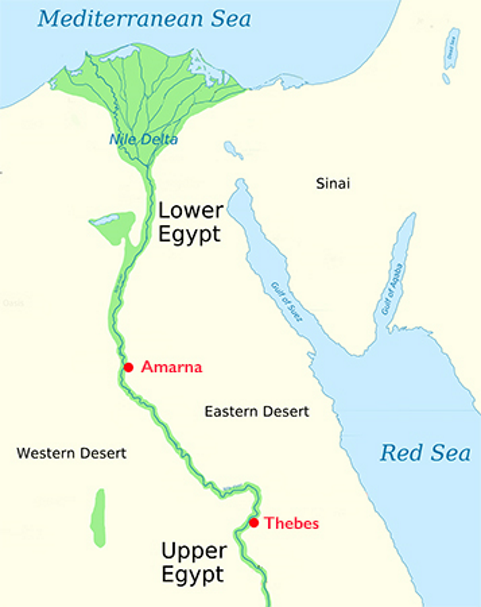
History Study
Chronology:
is the arrangement of events or dates in the order of their occurrence. It is a fundamental concept in history and is used to understand the sequence of events in a particular period or era. Chronology is often represented in timelines, which provide a visual representation of the order of events.
Sources and evidence:
sources are where information comes from, while evidence supports a claim. In academic writing, use credible sources like peer-reviewed articles, books, and reputable websites. Evidence can be statistics, quotes, and examples. Cite your sources and evidence to avoid plagiarism and give credit to the original authors.
historians:
Historians study and write about the past using various sources like primary documents and artifacts. They analyze and interpret these sources to create a narrative of events and trends. Historians specialize in a particular time period, region, or topic, and their work provides insights into the forces that have shaped human history.
Archaeologists:
Archaeologists study human history and prehistory by analyzing artifacts and physical remains. They use various techniques to uncover evidence of past human activity such as pottery, tools, bones, and buildings. They work in universities, museums, government agencies, and private consulting firms.
Ancient Egypt:
Geography of Ancient Egypt:
Ancient Egypt was located in the northeastern region of Africa, along the Nile River. The Nile River was the primary source of water for the civilization and was used for transportation, irrigation, and trade. The Nile River Valley was the most fertile area of the region and was home to the majority of the population.


History Study
Chronology:
is the arrangement of events or dates in the order of their occurrence. It is a fundamental concept in history and is used to understand the sequence of events in a particular period or era. Chronology is often represented in timelines, which provide a visual representation of the order of events.
Sources and evidence:
sources are where information comes from, while evidence supports a claim. In academic writing, use credible sources like peer-reviewed articles, books, and reputable websites. Evidence can be statistics, quotes, and examples. Cite your sources and evidence to avoid plagiarism and give credit to the original authors.
historians:
Historians study and write about the past using various sources like primary documents and artifacts. They analyze and interpret these sources to create a narrative of events and trends. Historians specialize in a particular time period, region, or topic, and their work provides insights into the forces that have shaped human history.
Archaeologists:
Archaeologists study human history and prehistory by analyzing artifacts and physical remains. They use various techniques to uncover evidence of past human activity such as pottery, tools, bones, and buildings. They work in universities, museums, government agencies, and private consulting firms.
Ancient Egypt:
Geography of Ancient Egypt:
Ancient Egypt was located in the northeastern region of Africa, along the Nile River. The Nile River was the primary source of water for the civilization and was used for transportation, irrigation, and trade. The Nile River Valley was the most fertile area of the region and was home to the majority of the population.


 Knowt
Knowt